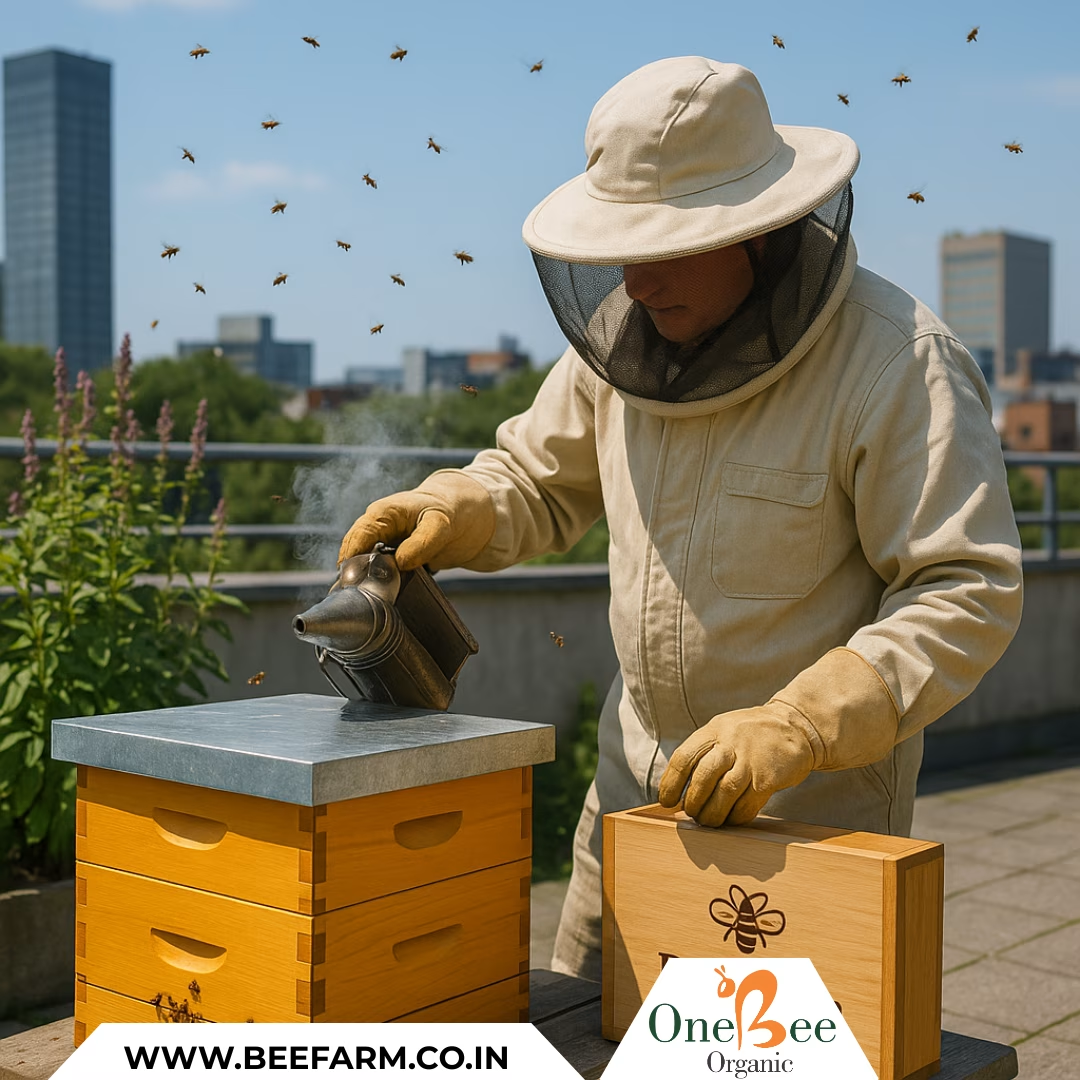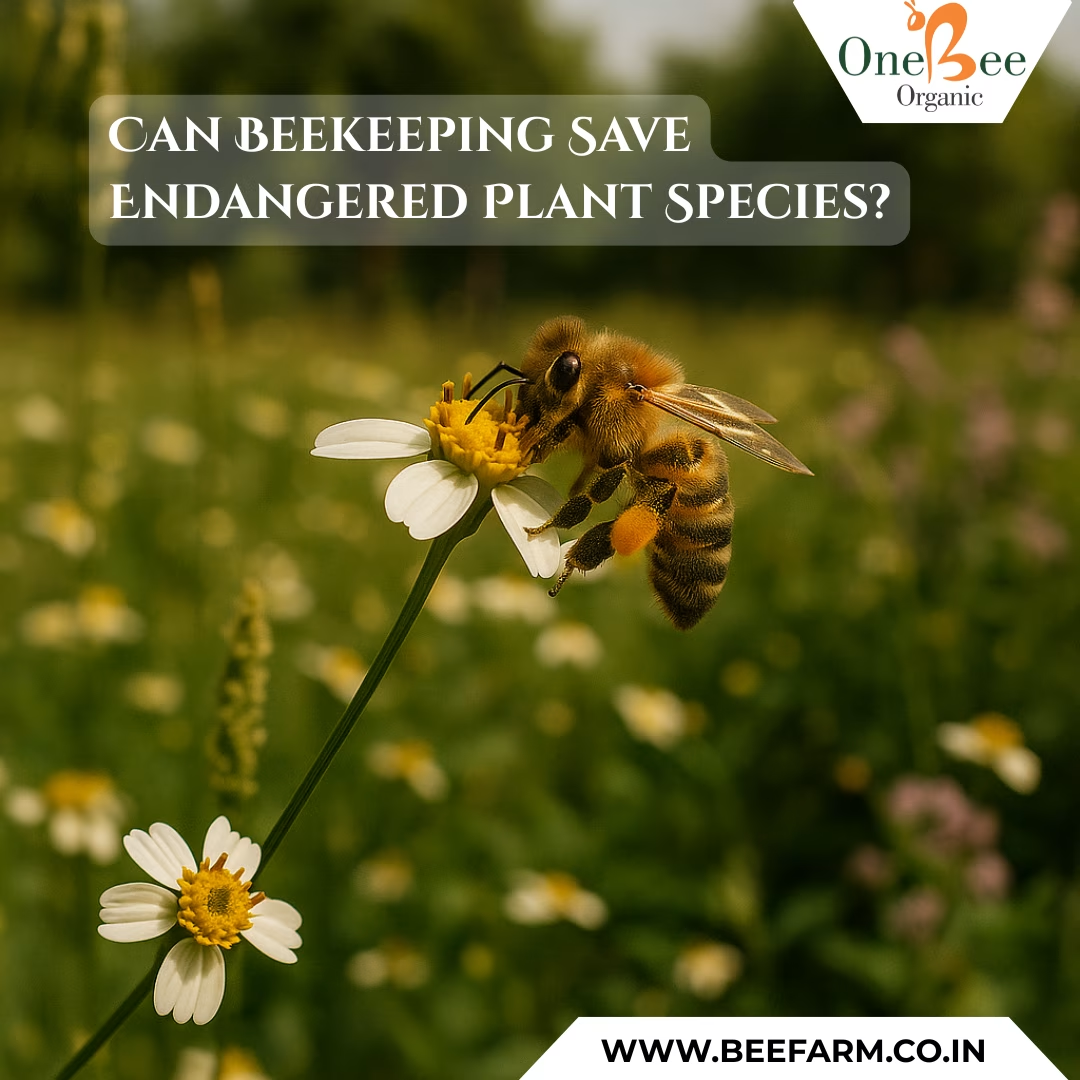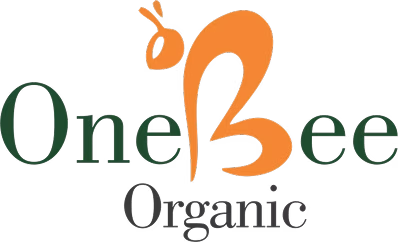The Buzz on Urban Beekeeping: How to Get Started
Urban rooftops, balconies, and backyards are buzzing more than ever—thanks to the growing trend of urban beekeeping. With cities embracing green living, more people are discovering that you don’t need a countryside farm to become a beekeeper. All you need is the right setup, a little patience, and a lot of love for bees.
If you’ve ever considered keeping bees in your urban space, this guide will help you get started the right way.
What Is Urban Beekeeping?
Urban beekeeping refers to raising honeybees in city environments—on rooftops, patios, community gardens, or small backyards. It helps support pollination in urban ecosystems, provides local honey, and raises awareness about the importance of bees.
Cities like Paris, New York, and London have thriving rooftop hives—and there’s no reason yours can’t be next.
Why Keep Bees in the City?
- Support Pollinators: Urban flowers, trees, and community gardens benefit from bee pollination.
- Harvest Local Honey: Enjoy your own fresh, unprocessed honey.
- Environmental Awareness: Urban beekeeping helps restore ecological balance in cities.
- Great for Gardening: Bees increase plant productivity in your garden or neighborhood.
- Satisfying Hobby: It’s both relaxing and rewarding—perfect for eco-conscious urbanites.
Is Urban Beekeeping Legal?
Before you set up a hive, check your local laws and regulations. Many cities allow beekeeping, but rules vary.
- Research zoning laws
- Notify or get permission from neighbors/building owners
- Register your hive if required by local authorities
What You’ll Need to Get Started
Here’s a basic list of urban beekeeping essentials:
1 – Bees – You can order a starter nucleus colony (nuc) or package bees from a certified breeder.
2 – Hive – The most popular is the Langstroth hive, perfect for beginners. It’s modular, easy to manage, and ideal for harvesting honey.
3 – Gear
- Beekeeper suit or jacket with veil
- Gloves
- Hive tool
- Smoker (to calm bees during inspections)
4 – Space – Choose a sunny, sheltered spot with a clear flight path. Rooftops, terraces, or secure corners of a garden work well.
Tips for a Successful Urban Apiary
- Start small – One or two hives is plenty for beginners.
- Provide water – Bees need clean water nearby.
- Choose the right plants – Fill your area with bee-friendly flowers like lavender, marigolds, and mint.
- Join a community – Local beekeeping clubs offer advice, mentorship, and support.
- Inspect regularly – Check your hives every 7–10 days during active seasons.
- Be respectful – Maintain good relationships with neighbors by placing hives out of direct sight and managing swarming.
Bees in the City: Good for You and the Planet
Urban beekeeping isn’t just about honey—it’s about connection. It connects people to nature, food, and sustainability. In cities where green spaces are limited, bees bring life, color, and purpose.
Whether you’re a passionate gardener, sustainability advocate, or just curious about pollinators, urban beekeeping is an exciting and fulfilling path.
Start Buzzing with Beefarm
At Beefarm, we’re here to support every step of your beekeeping journey. From bee-friendly honey to helpful advice and quality beekeeping gear, we’re building a future where bees and people thrive—together.
Ready to bring the buzz to your balcony? Let’s get started.








Leave A Comment